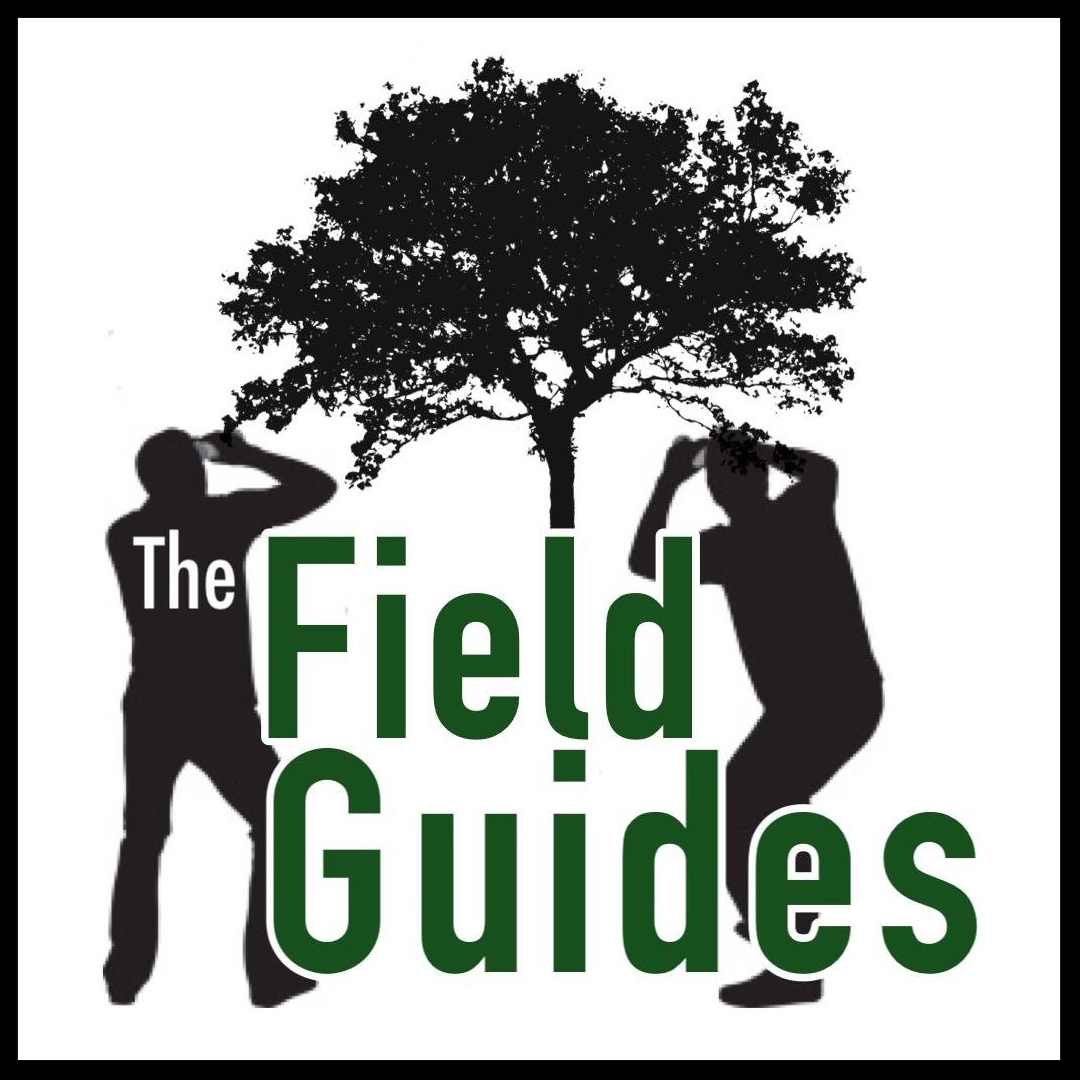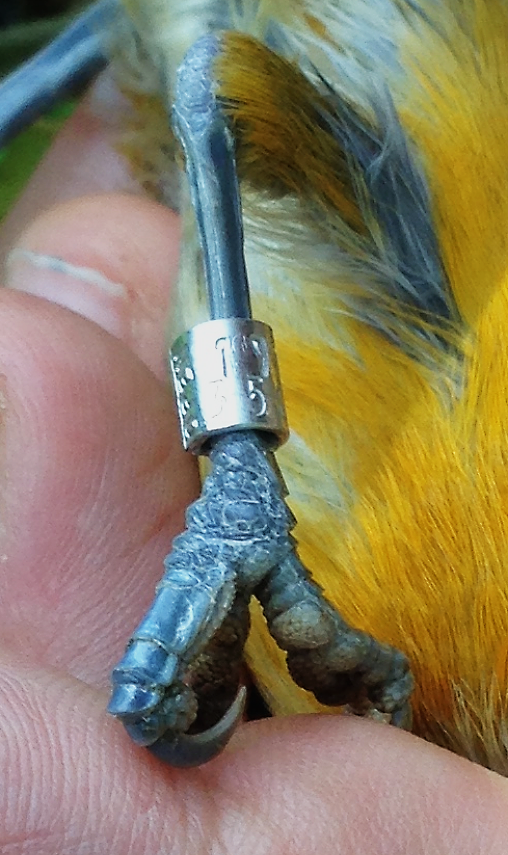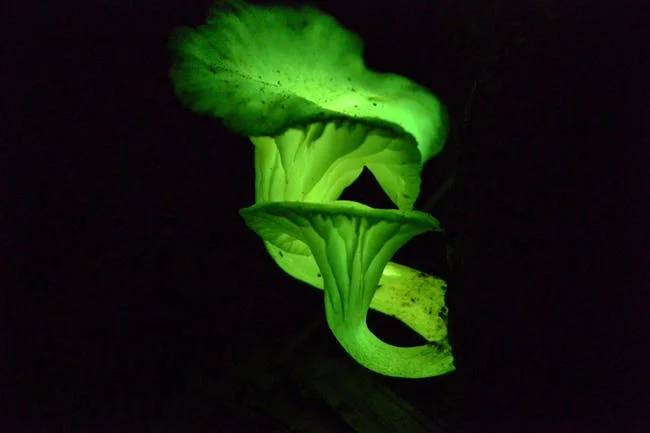Ep. 42 - It's Worth the Wait: Reproductive Delays and the 'Merican Black Bear
Ep. 41 - The Autumn Episode (Pumpkin Spice-flavored)
…And we’re back! After a lengthy hiatus, Bill and Steve return with an episode focused on the fall. Specifically, they look into why fall is the neglected season when it comes to climate change research. Is it a conspiracy? Is it a plot by the ‘deep state’ to play favorites with the seasons? Probably not, but the guys have some fun uncovering the possible reasons why the natural events that occur in the fall are more difficult for researchers to pin down and quantify.
Ep. 40 - Put a Ring On It (Part 2) - How Safe is Bird Banding?
Welcome to part 2 of our episode on bird banding! In this part, we look at what the research has to say about how birds fare during and after the banding process. All research that involves capturing and handling wildlife poses some level of risk for the target species. So, what about bird banding? Are injures rare? Do injured birds fare worse than birds that are banded without injury?
Join Steve and Bill for a deep dive into a question that many bird banders have wondered about over the years: how safe is bird banding?
Ep. 40 - Put a Ring On It (Part 1) - All About Bird Banding
A bird alights on a nearby branch, and, for a brief moment, a flash of silver on the bird’s leg catches your eye. If you’re fortunate enough to get a closer look, you might notice that the reflection comes from a tiny, silver bracelet wrapped around the bird’s leg – a bird band.
Bird banding (or bird ringing, for our European listeners) has been used for over a century to better understand the life histories of our avian neighbors. But that’s just one of many reasons why bird banding has been so valuable to researchers. In this episode, Bill and Steve delve into the details of what banding is all about. Part one covers the history and basics of how bird banding works, and part two provides an overview of research that looks into how harmful bird banding might be to the birds involved.
Ep. 38 - Ants in Our Plants
Have you ever heard of myrmecochory? It may not pop up much in casual conversation, but this strange word is your doorway to a tiny, fascinating world of ant-plant interactions. Myrmecochory is seed dispersal by ants (don’t worry, we cover how to pronounce it in the episode), and while it may seem simple on the surface, it’s a beautifully complex spectrum of behaviors and benefits, , including some questionable ones.
Myrmecochory has long been considered a classic example of mutualism, in which two species benefit from a shared interaction, but recent research has called this idea into question. Are the ants really benefiting? Is it possible that plants are parasitizing the ants? Are the ants inadvertently ‘cleaning’ the seeds, inoculating them against harmful soil microbes? There is so much more to myrmecochory than Bill and Steve ever imagined! Join the guys as they hit the trail, exploring the seldom-seen world of ants and plants.
Ep. 37 - Bill and Steve Go Timberdoodlin'
In spring, a naturalist’s fancy turns to thoughts of Timberdoodlin’, and that means heading out into the spring twilight, finding a brushy meadow, and listening for the buzzy “Peent!” of the American Woodcock (Scolopax minor) . AKA the Timberdoodle, this odd bird (it’s a shorebird that doesn’t live near the shore) performs a strange and stunning sky dance that is a must-see for any wildlife lover.
Join the guys as they focus on the fascinating natural history of this bird and head out on a cold March evening to see if they can witness the Woodcock in action.
Ep. 36 - Spring Science Geek Out!
Spring is here, and the guys hit the trail to discuss spring-related science, including how climate change is impacting global plant growth and how it’s changing bird migration. Plus, Bill gives a (sort of) rebuttal to Steve’s unprovoked and vicious attack on Charles Darwin from last episode. Happy Spring!
Ep. 35 - The Receding Hare Line (and More Snow-related Science)
It’s Snow-and-Tell time! We’re deep into winter right now, and spring seems snow far away. So, we decided to embrace the season and look into recent research around a topic that would be sure to provide plenty of puns for this write-up: SNOW! We delve into recent studies about how much snow actually falls on North America, if the indigenous peoples of the north really have 100 words for snow, how climate change is affecting snowfall levels, and how those changes impact Snowshoe Hare populations (Lepus americanus) . Plus, in honor of Darwin Day, Steve insults the father of natural selection. All this, plus, we follow up on last episode’s cliffhanger, filling you in on the results of Bill’s Lyme disease test. Enjoy!
Ep. 34 - The Downy-Hairy Game
Did you ever wonder why Downy and Hairy Woodpeckers look so much alike? No? Neither did we, but it was because we always assumed they were simply closely related species. Maybe you did, too, but thanks to the wonders of DNA analysis, we now know that these two look-alikes are not even in the same genus. So, what gives?
Researchers recently looked into this stumper-of-a-problem, and, in this episode, Bill and Steve break down what might be the cause.
Oh, and Bill talks about how he might have Lyme disease.
Enjoy!
Ep. 33 - Hart's-Tongue Fern - Restoring an Endangered Species
“Richer than millionaires! Happier than Kings! Envied by multitudes! May be said of hobnobbers with Hart’s-tongues.”
So said one enthusiast of the Hart’s-tongue fern (Asplenium scolopendrium var. americanum) long ago, and we think you’ll agree. This species is exceptional in many ways; its appearance (it doesn’t look like your typical fern), its uncommon habitat, and it’s rarity all add to the Hart’s-tongue fern’s mystique.
This month, the guys hit the road, traveling to central NY and hitting the trail with Mike Serviss, a conservation biologist working with New York State Parks. Among his many duties, Mike is researching the most successful ways to restore this picky plant to its habitat, and he’s also a fantastic science communicator.
Join us as Mike helps us peel back the mystery of what’s involved in restoring an endangered species.
Enjoy!
Ep. 32 - The Devil Crayfish (Feat. Dr. Wayne Gall)
Have you ever heard of a burrowing crayfish? We hadn’t, until our much-smarter-than-us friend, Dr. Wayne Gall, shared the story of how he discovered one particular species living in western NY 30 years ago - Cambarus diogenes - the Devil Crayfish.
Wayne invited us to join him on a hunt for this species, to see if it was still present at Tifft Nature Preserve, three decades later.
Now, we invite you to come along with us, braving deep mud, crayfish pincers, and audio challenges (Tifft is lousy with the sound of trains, barges, and jets overhead). Along the way, Wayne proves himself a consummate storyteller, spinning the yarn of amazing coincidences that led to his connection with this species and publishing research about its presence in New York. We also give some visitors to the preserve a good scare.
A big thank you to Wayne for his time, expertise, and persistence. This episode may be shorter than usual, but we want you to know that Wayne spent hours with us at Tifft, his arms buried in the mud up to his shoulder, searching for our target species.
Bonus 08 - The Field Guides Live! (at the Allegany Nature Pilgrimage)
Imagine a gathering of nature-lovers where, for three days, you could attend hikes, talks, and other programs on dozens of natural history topics. Such a gathering takes place each year in Allegany State Park in southwestern NY. For over sixty years, The Allegany Nature Pilgrimage has taken place the weekend after Memorial Day, bringing like-minded individuals from across the country to share their knowledge of and passion for all things nature-related. The guys were invited to lead a hike at this year's Pilgrimage, and, in this special bonus episode, you can listen in on what it sounds like when a big group of people join Steve and Bill for a hike in the woods.
Our program was titled "The Skeptical Naturalist", and we focused on common natural history myths and some of the most interesting stories from past episodes. Enjoy, and we hope to see you at the Pilgrimage in the future!
Ep. 30 - Have You Seen the Light?: Foxfire and Bioluminescent Fungi
Have you seen the light? This month, the guys take their first foray into the world of fungi, specifically bioluminescent fungi! Although fireflies and other glowing critters have been well researched, fungi that glow are not nearly as well understood. Often referred to as "foxfire" or "fairy fire", their glow was first documented way back in ancient times, but researchers are still figuring out what it's all about. Join Bill and Steve as they shed some light on the latest research into these fascinating fungi.
This episode was recorded in the Eternal Flame Falls section of Chestnut Ridge Park in Orchard Park, NY on July 4th, 2018.
Ep. 29 - Jack-in-the-Pulpit, AKA George-Michael-in-the-Banana-Stand
This is the story of two guys who enter the woods looking for Arisaema triphyllum, the graceful woodland wildflower known to many as Jack-in-the-pulpit. Not only is it beautiful to behold, but this member of the Arum family has a fascinating natural history; it can switch its sex, fool midge flies, and cause botanists to have heated debates about subspecies. During the episode, Steve makes a contribution to botanical history by coming up with the best alternative common name Bill has ever heard (see title), and we wrap things up with Bill eating some of this toxic plant. Listen to the end to see if Bill dies. Enjoy!
Ep. 26 - Don't Hassle Me, I'm Local: Ecological Restoration and Local Ecotypes
Can one specimen of a native plant be more "native" than another? For those ecologists who are working to restore damaged ecosystems, whether or not they should use local ecotypes is an important question to consider. In this episode, Bill and Steve hit the road to visit Sonnenberg Gardens and the NYS Parks staff working to help restore ecosystems with an emphasis on natives and local ecotypes.
Bonus 03 - Ticks & Tick-borne Diseases (feat. Dr. Wayne Gall)
What's better than a regular episode about ticks? That's right, a bonus episode featuring someone who actually spent their career as an entomologist specifically studying ticks. Enter entomologist, Dr. Wayne Gall.
The first half of this episode follows Steve and Wayne sampling for ticks at Stiglmeier Park in Cheektowaga, NY. The second half takes place at the Julia Boyer Reinstein Library where Wayne dives into more detail about his work in Western New York.
This episode was recorded in spring 2017, but we're releasing it during mid-October. Believe it or not, Autumn is still an important time to think about ticks and Wayne would often hold off sampling for ticks until early to mid October. We hope you enjoy this special bonus episode!
Ep. 21 - A Pain in the Grass: Restoring Grassland Bird Habitat
Grasslands birds and the habitats they depend on are some of the most threatened components of our North American landscape. But take heart! Because people like this month's guest co-host, Kyle Webster, are working to restore and maintain grasslands for the birds (and other organisms) that require them. As a member of New York State Park's environmental field team, Kyle works to use the latest research to understand and improve the management of these critical habitats. Join Bill and Kyle (Steve's still in Illinois) as they discuss birds, burns, and conservation biology.
Ep. 20 - Get the Buck Out!
So, how do you feel about deer? Over the past 100 years, populations of the White-tailed Deer (Odocoileus virginianus) have gone from scarce to ubiquitous. There’s a significant body of research pointing to the detrimental impacts of deer overbrowsing on our forests. Here at The Field Guides, we don’t like to exclude anyone, but we are interested in learning about deer exclosures – structures designed to keep these plentiful herbivores out of an area. Usually they are placed to allow for forest regeneration or to study the effects of deer exclusion; often, it’s done for both reasons. So what does the research show? Does excluding deer lead to healthier forests? This episode will shed some light on the answer. Listen to this rare, Steve-less episode as Bill is joined by Kristen Rosenburg, an environmental educator with the New York State Department of Environmental Conservation. They discuss deer exclosures, check some out at Kristen’s work site, and talk about what happens when researchers “Build That Wall!”. Special thanks to Kristen for sharing her time and expertise with us, as well as to the NYS DEC for allowing us to steal Kristen away for a morning.
Ep. 15 - The Subnivean Zone - A Winter UNDER-land
Winter is often perceived as a time of dormancy and inactivity, but underneath the snow, in the subnivean zone, a complex and fascinating world of plant and animal interactions exists. Weasels hunt through snow-roofed tunnels, herbivores graze on grasses, bark, and seeds, and occasionally the taloned feet of an owl punch through the roof, searching for a meal. In this episode, Steve and Bill pull back the snowy curtain, sharing recent research into what’s happening in the subnivean zone and the impacts of climate change on this intriguing and unseen winter world. This episode was recorded in the Shale Creek section of Chestnut Ridge Park, located in Orchard Park, NY.





















